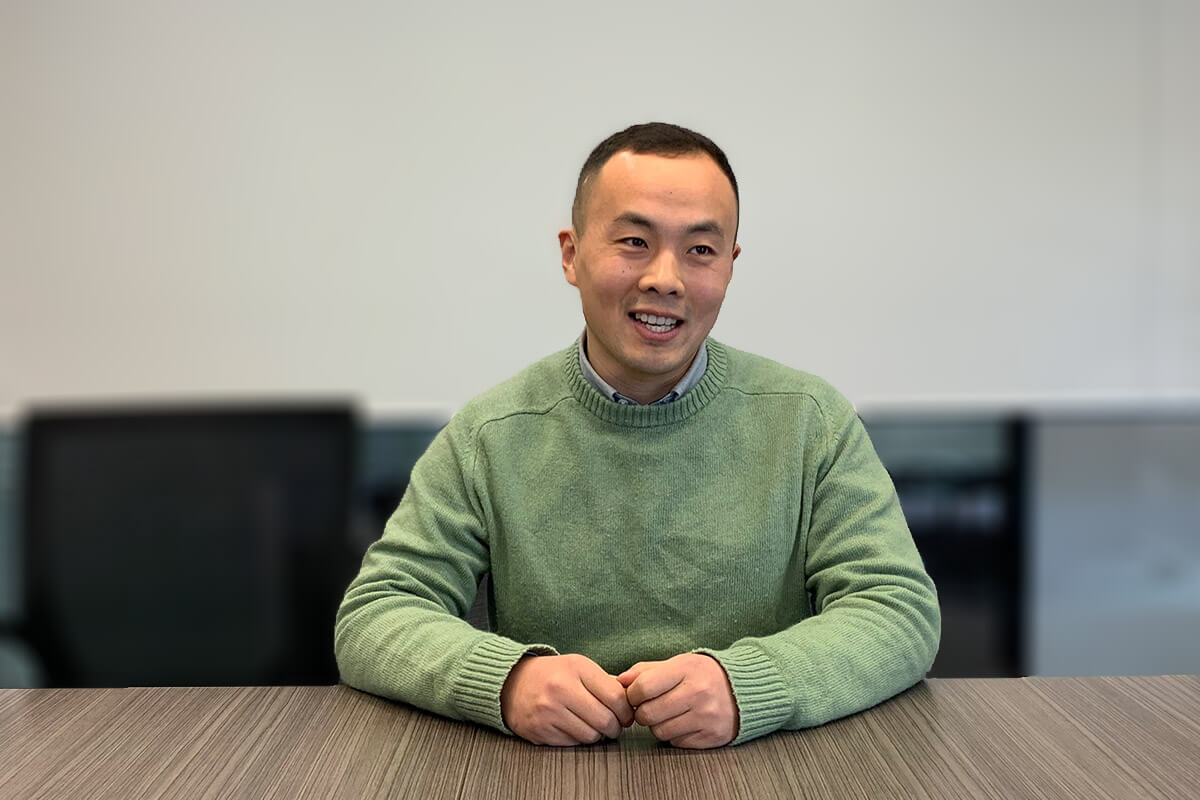We’re excited to let industry know that Fanqin Meng has joined our Structural Systems team to assist with our focus on structural fire performance research.
Fanqin is joining the HERA Structural team for a six month period to contribute to two key structural fire projects. These projects will be conducted in collaboration with the University of Auckland under the supervision of Associate Professor, Charles Clifton.
The first project is focused on improving the accuracy of the slab panel method (SPM), and the other is aimed at developing a detailed HERA guide on performance-based fire design of multi-storey steel and composite (steel/concrete) structures. Both research outcomes are centred around assisting design engineers to improve structural resilience, which in turn benefits the health and safety and building performance of structures in fire.

About Fanqin
Fanqin is a Structural Fire Engineer with seven years of research experience assessing the performance of structural components or sub-assemblages in fires.
Hailing from mainland China, he started his career trajectory exploring the performance of composite columns under and after fire exposure. In 2017, he then came to New Zealand to continue his PhD studies centred around exploring the reserve fire resistance of multi-storey steel-framed structures under different potential fire scenarios.
Fanqin saying: “So far, the findings of my research have resulted in updated reduction factors being proposed to design steel columns with sufficient reserve fire resistance.”
“My PhD studies have also significantly broadened my research interests, including the development and movement of fire in buildings, the fire performance of novel structures, structural fire design and analysis of buildings.”
“I believe the best research outcome comes from combining theoretical investigations with engineering practice. It’s why I’m so proud to have the chance to conduct structural fire research and solve challenging industry problems as part of the HERA team,” he said.
A closer look at our proposed structural fire research focuses
Our structural fire research is run under the supervision of Charles Clifton, and overseen from HERA’s end by our Manager Structural Systems, Kaveh Andisheh. The outcomes will not only result in the development of technical solutions, but will also inform training programs to upskill the workforce to implement such findings effectively.
The Slab Panel Method (SPM) design procedure for designing composite steel floor systems for severe fires is fundamentally different from traditional fire protection provisions used in New Zealand. It is written for application to large sub-assemblages in buildings subject to fully developed fire conditions involving unprotected steel members. In this case, these members may be subjected to very high temperatures and the floor system subjected to considerable inelastic demand in the event of a fully developed fire.
The optimisation of SPM design procedure offers significant opportunities in providing cost-effective floor systems that meet or exceed the fire safety provisions of the New Zealand Building Code. The improvement of SPM will also provide more accurate solutions to design steel-concrete composite flooring system subject to a fully developed fire.
Our research into performance-based fire design of multi-storey steel and composite (steel/composite) structures is around traditional design methods requiring adequate fire protection to structural components to reach the designed fire resistance.
Because most traditional research is on isolated structural components, it means in some cases this methods can yield unrealistic design results. It is why an alternative design using Finite Element Analysis (FEA) was also proposed to explore fire performance in a building. By taking this approach it means advanced FEA delivers a higher accuracy in design, but in turn – has higher calculation costs.
A detailed reference and explanation to the demand/capacity document is important, as it’ll help designers have a systemic understanding of how and why structures would perform in fire events.
